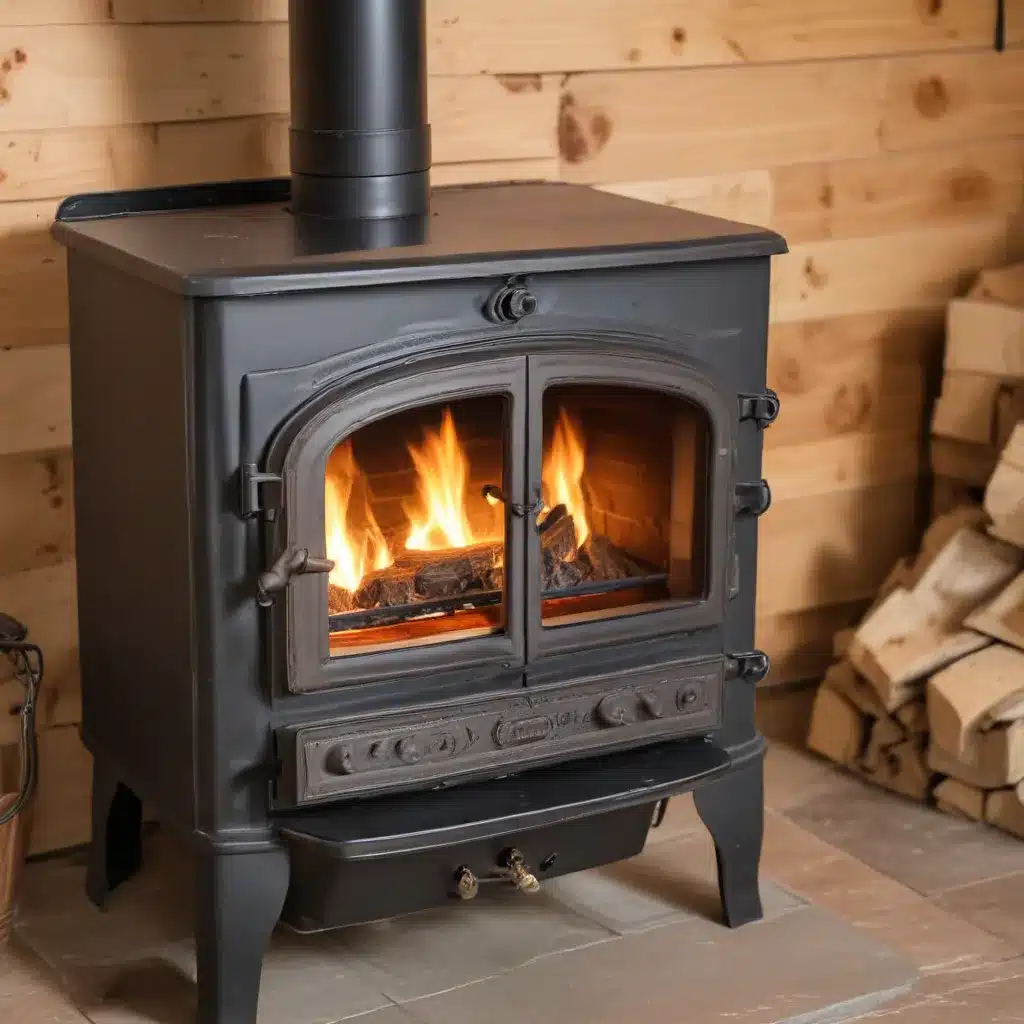
The Benefits of Upgrading to a More Efficient Wood Stove
As a seasoned expert in wood stoves and heating solutions, I’m excited to share practical tips and in-depth insights on maximizing the efficiency of your home’s wood stove or fireplace. In today’s economic climate, finding ways to reduce fuel costs and energy consumption is a top priority for many homeowners. Fortunately, there are several modifications and upgrades you can make to your existing wood stove or fireplace that can significantly improve its performance and lower your heating bills.
One of the primary benefits of upgrading to a more efficient wood stove is the potential for significant energy and cost savings. Modern, EPA-certified wood stoves can be up to 50% more efficient than older, uncertified models. This means you’ll use less firewood to generate the same amount of heat, translating to substantial savings on your fuel expenses over time. Additionally, these cleaner-burning stoves produce far less particulate matter and air pollution, making them a more environmentally-friendly heating solution.
Another key advantage of upgrading your wood stove is the potential to qualify for various tax credits and rebates. The federal government, as well as many state and local programs, offer incentives for homeowners who replace old, inefficient wood-burning appliances with newer, more efficient models. For example, the Woodsmoke Reduction Program in California provides financial incentives for residents to upgrade their uncertified wood stoves or fireplaces to cleaner, more efficient alternatives. Homeowners in qualifying areas can receive up to the full cost of the replacement device.
Key Modifications for Improving Wood Stove Efficiency
When it comes to optimizing the efficiency of your wood stove, there are several modifications you can consider. Let’s explore some of the most impactful upgrades:
Air Supply Adjustments
One of the most critical factors in wood stove efficiency is the proper regulation of the air supply. Ensuring that your stove has the right balance of primary and secondary air intake can significantly improve its combustion efficiency and heat output. Consult your stove’s manufacturer or a qualified technician to learn how to properly adjust the air controls for optimal performance.
Catalytic Converter Installation
Installing a catalytic converter on your wood stove can be a game-changer in terms of efficiency. These devices help to further burn the unburned particles and gases that would otherwise escape up the chimney, extracting more usable heat from the same amount of fuel. Catalytic converters can boost efficiency by 20-30% and reduce emissions by up to 90%.
Thermal Mass Improvements
Increasing the thermal mass of your wood stove can also enhance its efficiency. This can be achieved by adding insulation or refractory materials to the stove’s interior, which helps to absorb and radiate heat more effectively. Some manufacturers even offer aftermarket kits specifically designed to upgrade the thermal mass of existing wood stoves.
Chimney Maintenance and Upgrades
Keeping your chimney well-maintained and properly configured can have a significant impact on wood stove efficiency. Ensuring that the chimney is free of obstructions, properly insulated, and the right size for your stove can improve airflow and heat transfer. In some cases, upgrading to a taller or more efficient chimney liner may be beneficial.
Firewood Seasoning and Storage
The type and condition of the firewood you use can also play a role in your wood stove’s efficiency. Properly seasoned, dry firewood burns much more cleanly and efficiently than unseasoned or damp wood. Investing in a dedicated firewood storage area and allowing your wood to fully dry before burning can yield noticeable improvements in heat output and fuel consumption.
Financing Upgrades through Tax Credits and Rebates
As mentioned earlier, there are numerous financial incentives available to help offset the cost of upgrading your wood stove or fireplace. The federal government offers a tax credit of up to 30% of the cost paid by the consumer, up to $2,000 per year, for the installation of qualified biomass stoves or boilers. Many state and local programs, such as the Woodsmoke Reduction Program in California, also provide rebates or direct financial assistance for homeowners who replace older, less efficient wood-burning appliances.
To take advantage of these incentives, be sure to research the specific programs and requirements in your area. Keep detailed records of your purchase and installation costs, as you’ll need to submit the appropriate tax forms or rebate applications to receive the full benefit.
Prioritizing Safety and Maintenance
While improving the efficiency of your wood stove is crucial, it’s equally important to prioritize safety and proper maintenance. Ensure that any modifications or upgrades are performed by qualified professionals who can ensure the safe and proper operation of your wood-burning appliance. Regular chimney sweeping, stove cleaning, and component inspections are also essential to prevent potential hazards and maximize the lifespan of your equipment.
Conclusion
By implementing the efficiency upgrades and modifications discussed in this article, you can significantly reduce your home’s fuel costs and environmental impact while enjoying the cozy warmth and ambiance of a wood-burning stove or fireplace. Remember to explore the various tax credits and rebate programs available in your area to help offset the initial investment. With a little effort and the right upgrades, you can transform your wood stove into a highly efficient and cost-effective heating solution for your home. For more information on wood stoves and home heating solutions, be sure to visit https://woodstoveheaters.com/.


